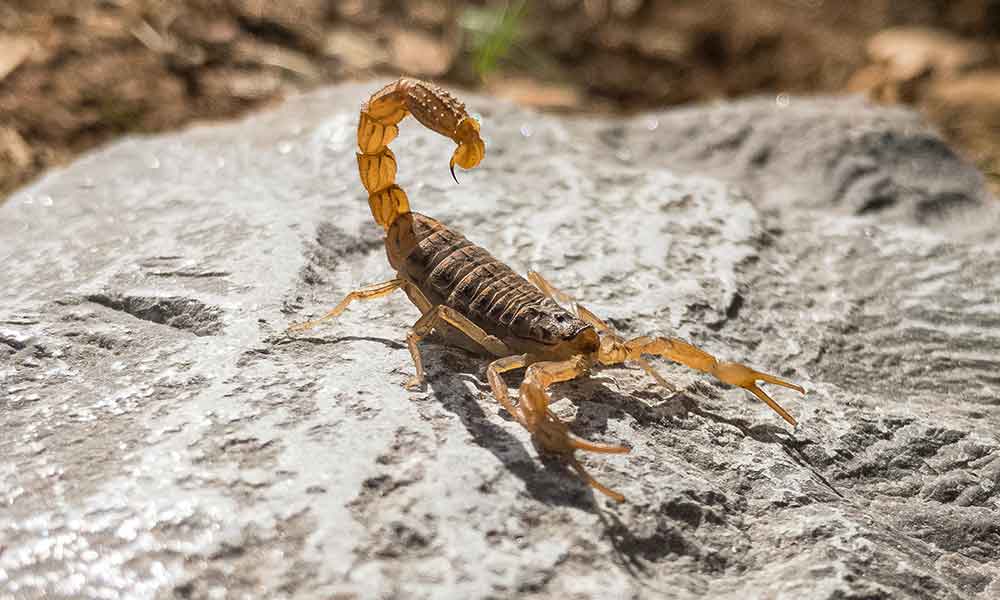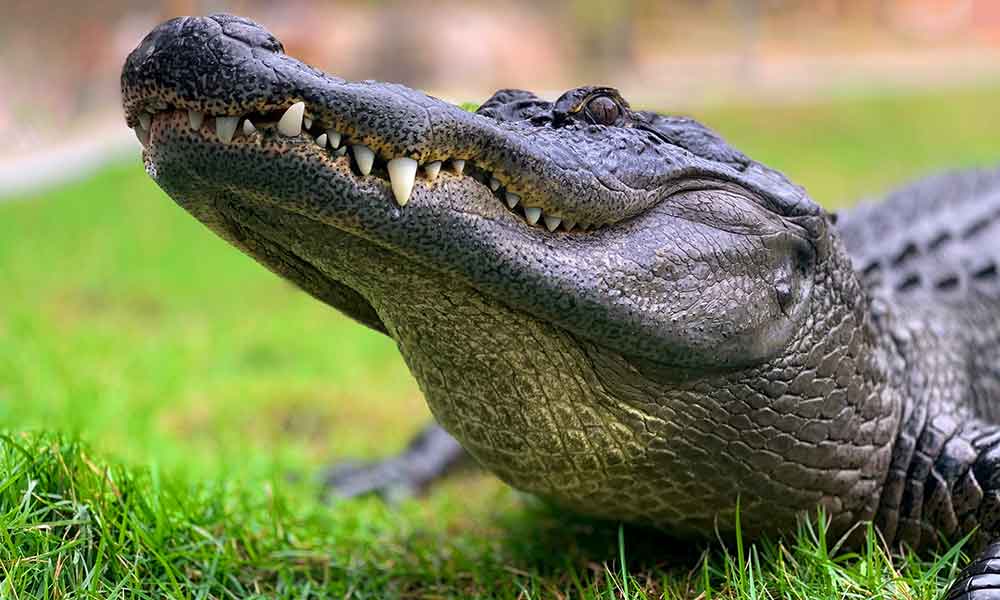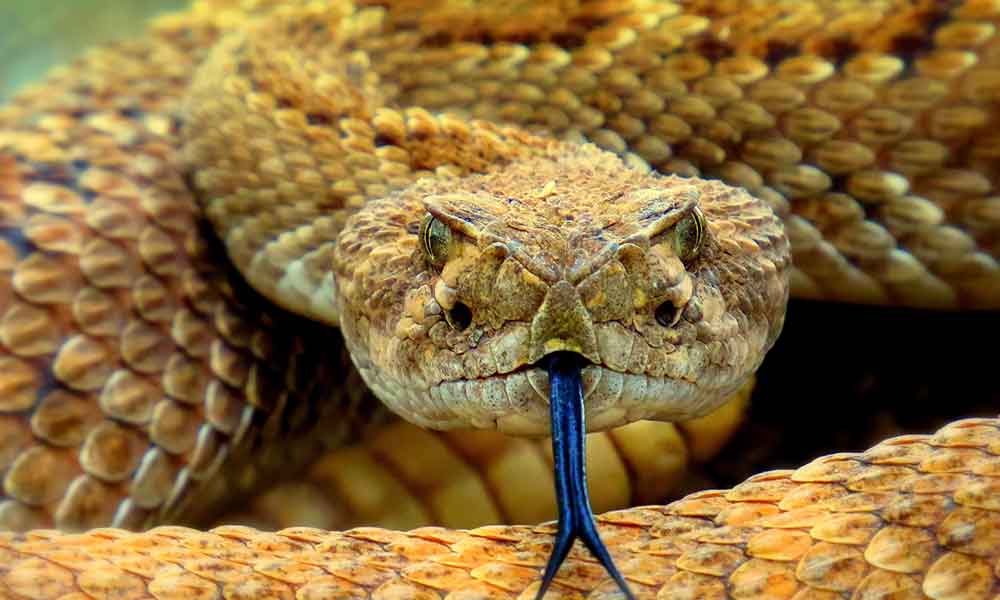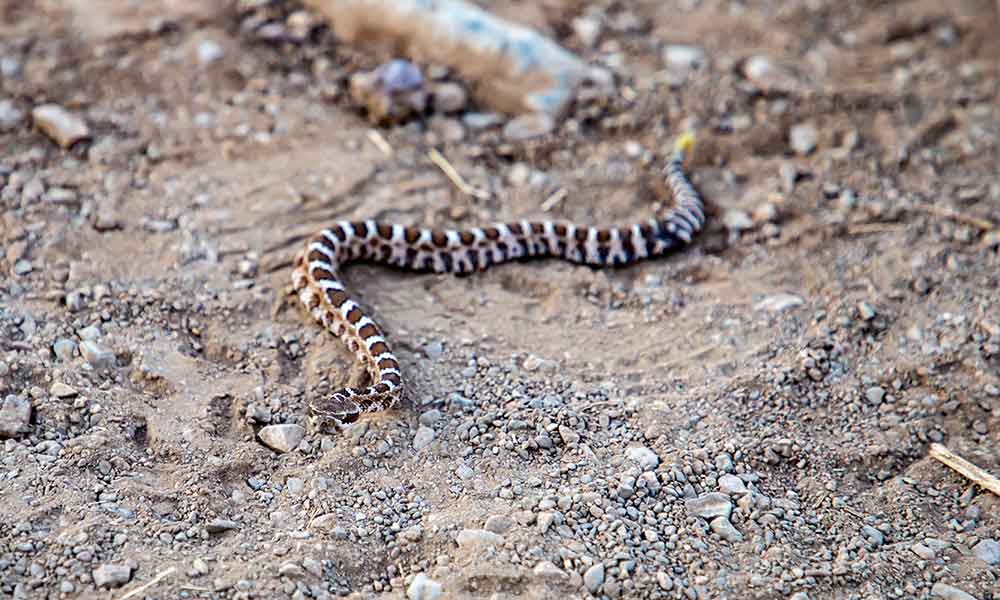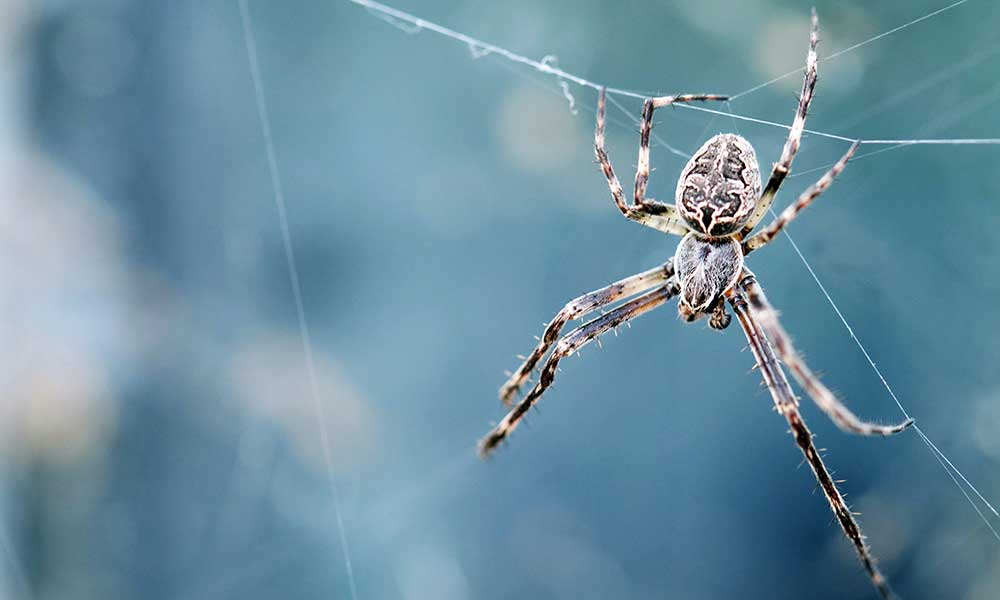“Ray” is the common name for a superorder known as batoidea. These animals are in the Chondrichthyes class, which also encompasses the skate (rajidae).
Skates and rays are types of cartilaginous fish, with over 750 species between them. These fish come from an ancient lineage and are some of the most distinctive creatures in the ocean.
We will cover 21 different types of skates and rays in this article:
- Southern Stingray
- Roughtail Stingray
- Daisy Stingray
- Bluntnose Stingray
- Bluespotted Ribbontail Ray
- Spiny Butterfly Ray
- Atlantic Devil Ray
- Manta Ray
- Australian Bull Ray
- Bullnose Ray
- Thorny Skate
- Spreadfin Skate
- Little Skate
- Winter Skate
- Clearnose Skate
- Longnose Skate
- Atlantic Guitarfish
- Southern Fiddler
- Pacific Electric Ray
- Atlantic Torpedo
- Round Stingray
What Are the Types of Rays and Skates?
There are dozens of different types of rays and skates, spanning creatures of all sizes, colors, and habitats. These include:
Southern Stingray (Dasyatis Americana)
- Other Names: Kit, Stingray, and Whip Stingray
- Width: Up To 6.58 ft
- Weight: Up To 214 lbs.
Southern stingrays use their pectoral fins to drag across the sea floor and reveal creatures hiding within. They can also use this tactic to hide from predators.
Also known as the whip stingray, this animal is generally harmless to humans, but it’s not uncommon for surfers and snorkelers to stand on them as they hunt for food.
Roughtail Stingray (Dasyatis Centroura)
- Other Names: Roughtail Stingray
- Width: Up To 7.25 ft
- Weight: Up To 660 lbs.
The roughtail is a large ray that can grow to more than 7 feet in length. It has a large black tail and poisonous tail spines and typically lives at a depth that’s out of reach to the average beach goer.
Daisy Stingray (Dasyatis Margarita)
- Other Names: Skeete, Whip Ray, Guinean Stingray
- Width: Up To 3.3 ft
- Weight: Up To 37.5 lbs.
An oval-shaped ray that can grow to over 3 feet and weigh just under 4 pounds. It feeds on invertebrates and is often preyed upon by large cartilaginous fishes, including sharks like the hammerhead shark.
Bluntnose Stingray (Dasyatis Say)
- Other Names: Say’s Stingray
- Width: Up To 3.3 ft
- Weight: Up To 33.1 lbs.
A round-shaped ray that grows to over 3 feet and has a distinctive blunt snout.
Bluespotted Ribbontail Ray (Taeniura Lymma)
- Other Names: Blue Spotted Ray, Blue Spotted Lagoon Ray, Lesser Fantail Ray
- Width: Up To 2 ft
- Weight: Up To 11.02 lbs.
At just a couple of feet, this is a small ray species, but it’s also a striking one, with light green coloration and a covering of blue spots. Also known as the lesser fantail ray, the blue spotted ray has two venomous spines on its tail that it uses in self-defense. However, like other rays, the blue spotted ray is mostly harmless to humans.
Spiny Butterfly Ray (Gymnura Altavela)
- Other Names: The Giant Butterfly Ray, Butterfly Ray
- Width: Up To 13.1 ft
- Weight: Up To 132 lbs.
Avery wide ray with a dark brown coloring and lots of dark spots. These rays can grow up to 13 feet in width, but the average length is close to half that.
Atlantic Devil Ray (Mobula Hypostoma)
- Other Names: Small Devil Fish, The Lesser Devil Ray, Devil Ray
- Width: Up To 4 ft
The Atlantic devil ray can grow to 4 feet in length and is so-named because its cephalic fins (head fins) are shaped like horns.
Manta Ray (Manta Birostris)
- Other Names: Sea Devil, Eagle Ray, Australian Devil Ray
- Width: Up To 29.5 ft
- Weight: Up To 3000 lbs.
Manta rays are huge, measuring up to 30 feet, with the largest species weighing in at nearly 3,000 pounds. Manta rays can live for up to 20 years.
Australian Bull Ray (Myliobatis Australis)
- Other Names: Cowfish, Whiptail Ray, Southern Eagle Ray
- Width: Up To 3.9 ft
- Weight: Up To 124.6 lbs.
The Australian bull ray is the ray species responsible for the death of Steve Irwin, an Australian media personality known for his work with alligators and other deadly creatures.
Australian bull rays swim away when humans approach. They are very shy creatures. Steve Irwin’s death was a very rare and tragic accident that no one could have foreseen.
Bullnose Ray (Myliobaltis Freminvillii)
- Other Names: Bullnose Eagle Ray, Longtail Stingray, Stingree
- Width: Up To 3.28 ft
- Weight: Up To 7.6 lbs.
A ray species that grows to over 3 feet wide and features a long whip-like tail that is much longer than its body.
Thorny Skate (Amblyraja Radiata)
- Other Names: Starry Ray, Thorny Skate, Thornback
- Width: Up To 3.25 ft
- Weight: Up To 25 lbs.
So-named because of their spine-covered bodies, these creatures thrive in brackish water and salt water, where they feed on bony fish and crustaceans.
Spreadfin Skate (Dipturus Olseni)
- Other Names: Olsen’s Wingedskate
- Width: Up To 1.96 ft
Spreadfin skates have pointed snouts and triangular fins. They grow to just under 2 feet.
Little Skate (Leucoraja Erinacea)
- Other Names: Tobacco Box Skate, Hedgehog Skate, Summer Skate
- Width: Up To 1.58 ft
- Weight: Three Quarter To 1 lb.
The aptly-named little skate grows to around 1.5 feet on average and weighs approximately 1 pound.
Winter Skate (Leucoraja Ocellata)
- Other Names: Winter Big Skate, Big Skate, Eyed Skate
- Width: Up To 3.41 ft
- Weight: Up To 15 lbs.
You can find these 3 to 3.5 ft creatures along the coast of the northwestern Atlantic, often at depths of just 300 feet.
Clearnose Skate (Raja Eglanteria)
- Other Names: Clear-Nose Summer Skate, Clear-Nose Brier Skate
- Width: Up To 1.57 ft
A distinctive skate species known for its translucent snout, which is a stark contrast from its dark brown/gray body.
Longnose Skate (Raja Rhina)
- Width: Up To 4.6 ft
The longnose skate has a sand-like color and lives near sandy bottoms, creating the perfect camouflage. It feeds on invertebrates and small fishes and lives on coastal shelves of the Pacific Ocean.
Atlantic Guitarfish (Rhinobatos Lentiginosus)
- Other Names: Spotted Guitarfish, Freckled Guitarfish
- Width: Up To 2.5 ft
A small creature that lives in brackish water and can be found along muddy bottoms, where it likes to bury itself in the sand.
Southern Fiddler (Trygonorrhina Fasciata)
- Other Names: Dumeril’s Shovelnose Ray, Parrit, Fiddler Ray
- Width: Up To 4.16 ft
- Weight: Up To 14.8 lbs.
These creatures live along sandy or rocky bottoms on the coasts of Australia.
Pacific Electric Ray (Torpedo Californica)
- Other Names: Torpedo, Electric Ray, Pacific Torpedo
- Width: Up To 3 ft
- Weight: Up To 90 lbs.
Pacific electric rays can grow to as much as 3 feet. They have the power to deliver a strong electric shock that the rays use to defend themselves and incapacitate their prey. They can be a danger to humans.
Atlantic Torpedo (Torpedo Nobilliana)
- Other Names: Crampfish, Numbfish, Atlantic New British Torpedo
- Width: Up To 5.9 ft
- Weight: Up To 198 lbs.
Also known as the numbfish, the Atlantic torpedo stays near coral reefs, where it hides close to the sea floor and attacks unsuspecting prey.
Round Stingray (Urobatis Helleri)
- Other Names: Haller’s Round Ray, Little Round Ray
- Width: Up To 1.9 ft
- Weight: Up To 3 lbs.
The round stingray has a circular shape and a rounded snout. It can grow to just under 2 feet and features a venomous spine on its tail.
FAQs about Skates and Rays
What Do Skates and Rays Eat?
Both skates and rays feed on crustaceans that live on the sea floor, including clams, oysters, shrimp, and crabs. Filter feeders also eat plankton using gill rakers, which trap food particles as they pass through.
Where Do Skates and Rays Live?
These sea creatures live at depths of up to 3,000 feet. Most rays can be found in tropical and subtropical environments, and very rarely reside in the open sea, with the exception of the manta ray.
Skates live along continental shelves and thrive in deep water.
How Are Rays Different From Skates?
Rays and skates are closely related and it can be difficult to tell them apart, but there are some key features to look out for.
Rays give birth to live young while skates lay eggs. Rays often have a small dorsal fin, or no dorsal fin at all, while it is quite prominent in skates.
Are Skates and Rays Endangered?
There are many endangered species of skates and rays, such as the common skate. The same is true for many marine creatures.
There are several factors at play here, including ocean pollution, commercial fishing, habitat loss, and climate change.
Are Skates and Rays Dangerous?
This is another area in which skates and rays differ greatly. Both are somewhat shy and they won’t treat you as prey like a shark would. However, rays possess spiny tails and venomous barbs. These can kill or cause serious harm. They won’t go searching for you, but as we saw with Steve Irwin, accidents can occur and they can be fatal.
Skates are much less dangerous and lack the venomous barbs of their cousins.
How Many Types of Skates and Rays Are There?
There are over 150 species of skate and more than 600 species of ray.
What is the Biggest Ray Species?
The giant manta ray is the world’s largest ray, with a wingspan of nearly 30 feet. It’s a massive and impressive creature that moves slowly and can be found all over the world.
Despite their size, manta rays feed primarily on plankton. They swim with their mouths open and filter plankton from the water just like large whale species like the basking shark.

